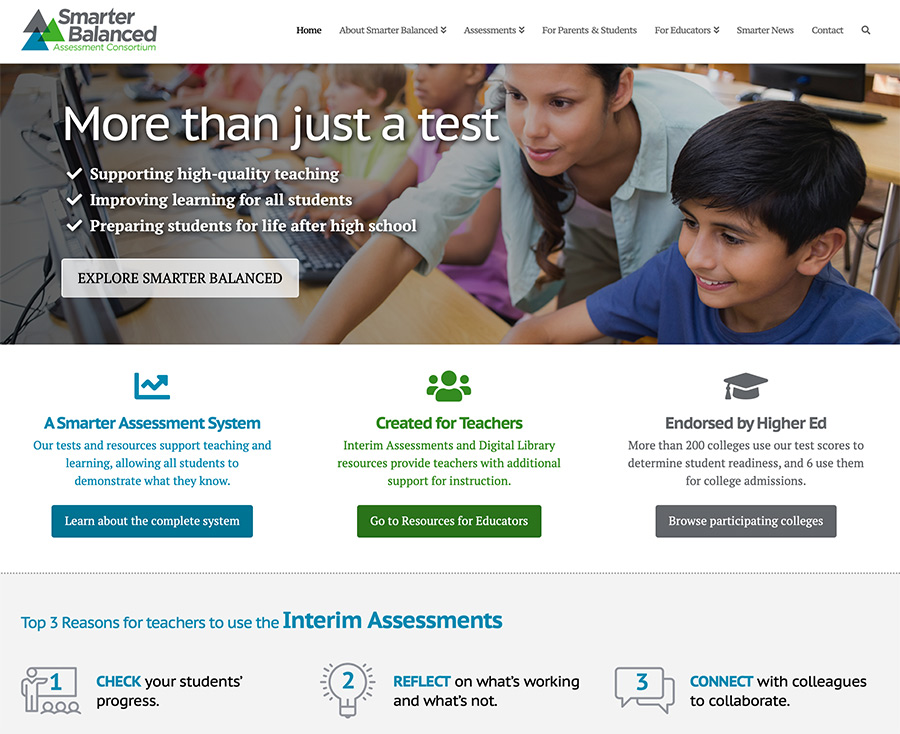To frame the meeting agenda, State Superintendent of Public Instruction Tony Thurmond and State Board President Linda Darling-Hammond outlined some of the realities facing LEAs and previewed what the next school year may bring. From the 400,000-plus students who at that time needed a device at home to connect with distance learning to concerns about the exacerbation of longstanding achievement gaps, Thurmond overviewed the California Department of Education’s array of task forces to address critical issues.
Of particular interest as the 2019–20 school year winds down is a group focusing on health and safety, social distancing and personal protective equipment — all which will play a role in the 2020–21 academic year.
State Superintendent of Public Instruction
As the state cautiously moves forward in reopening its sectors, Darling-Hammond said it is “potentially possible” for some districts — which are ready to do so and receive clearance from county health officials — to see students return for summer school or to start next school year earlier. “These decisions will all be made through the lens of public health and local input, as that is the prime consideration,” she said.

CDE presented a demo of a new teacher resource available through the Smarter Balanced Consortium site.
While the board members unanimously approved both waivers, several cautioned that the state be careful to not let the current situation dictate a divergence from efforts and initiatives created to address long-standing achievement and equity concerns. “I absolutely support the practical need for flexibility at this point in time. And we are working through these challenges,” board member Ting L. Sun said. “I want to ensure that we move forward with integrity on what we had initially launched our accountability system, our assessment system on.”
“I think for all of our stakeholders who are watching this closely, as is appropriate, know that COVID-19 didn’t create all of these inequities and inequalities that kids are facing. It has only made it just obvious how precarious so many of our learning situations have been across the state,” board member Kim Pattillo-Brownson added.
Despite the federal waiver allowing California to forgo assessments this year, state law requiring the annual production of the California School Dashboard and the identification of LEAs for differentiated assistance remains in effect. CDE officials updated State Board members on their progress to work with the Legislature to cancel the 2020 Dashboard. Cindy Kazanis, director of the Analysis, Measurement and Accountability Reporting Division, outlined how that would affect the key cog in the state’s accountability and assessment system.
Absent complete assessment data for the 2019–20 school year, Kazanis said the plan is that the 2021 Dashboard will use 2021 data to calculate status and 2019 data to calculate change; the calculation for change would be 2021 status minus 2019 status.
Also in her presentation on the Dashboard workplan, Kazanis said the CDE is still collecting data from LEAs on discipline, absences and graduation rates. The window for end-of-year collection runs through Aug. 28. This data, along with any applicable local indicators, can play a key role in the delayed Local Control and Accountability Plan, she said.
Kazanis also emphasized that the CDE is still committed to bringing forward a much-anticipated student growth model for State Board adoption this fall. A work group for the growth model, which CSBA participates in, will resume its meetings this summer.
Though developed well before COVID-19 and school closures, board members expressed great interest in how the CDE could tailor the resource’s launch to focus on pressing issues such as distance learning and learning loss. Board member Patricia Rucker implored the CDE to work with LEAs to ensure that all teachers know they will have free access to the website, while member Sue Burr asked that resources are targeted toward the new realities facing schools.
“I would like some assurance that — and I know a lot of people are talking about this already — these tools for teachers really are going to be incredibly helpful in a new model, and not a classroom-only model, a one-to-one student-teacher model, but what’s going to be a hybrid model as we move forward.”